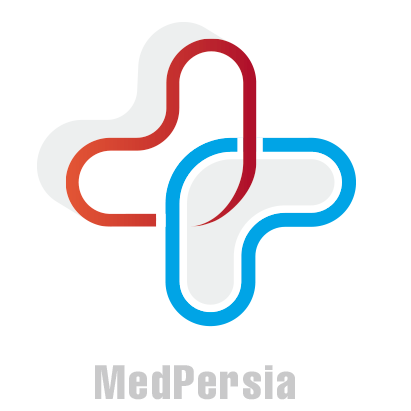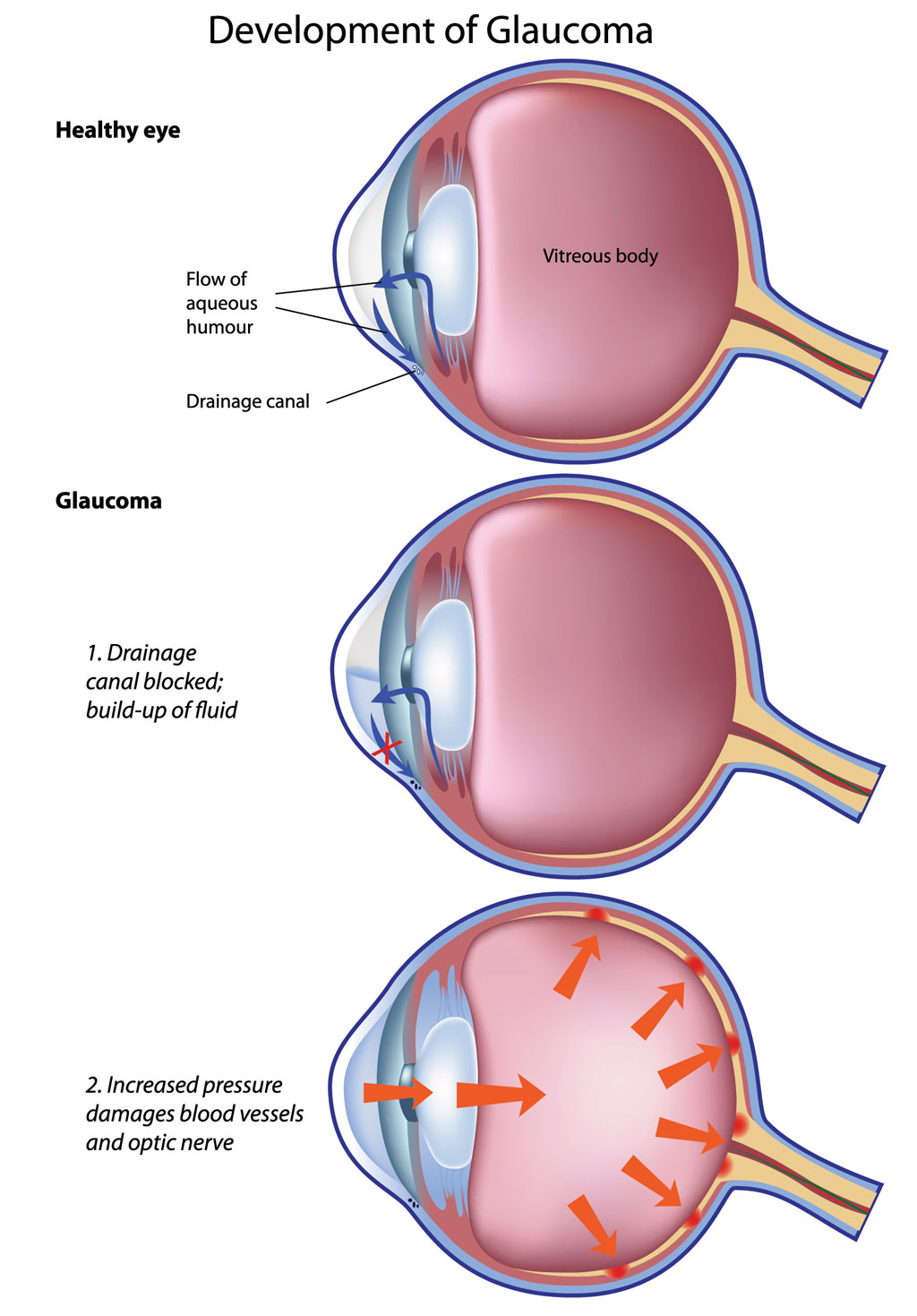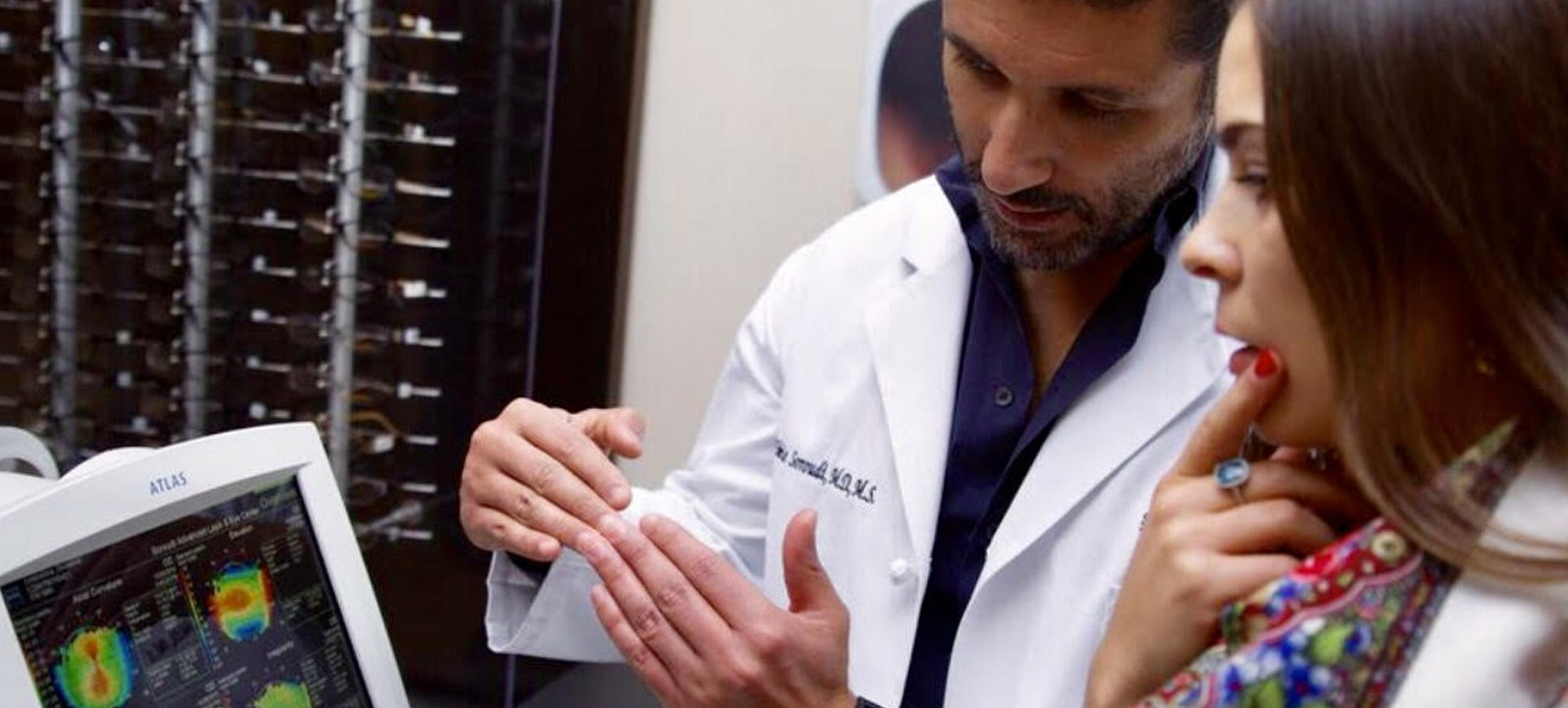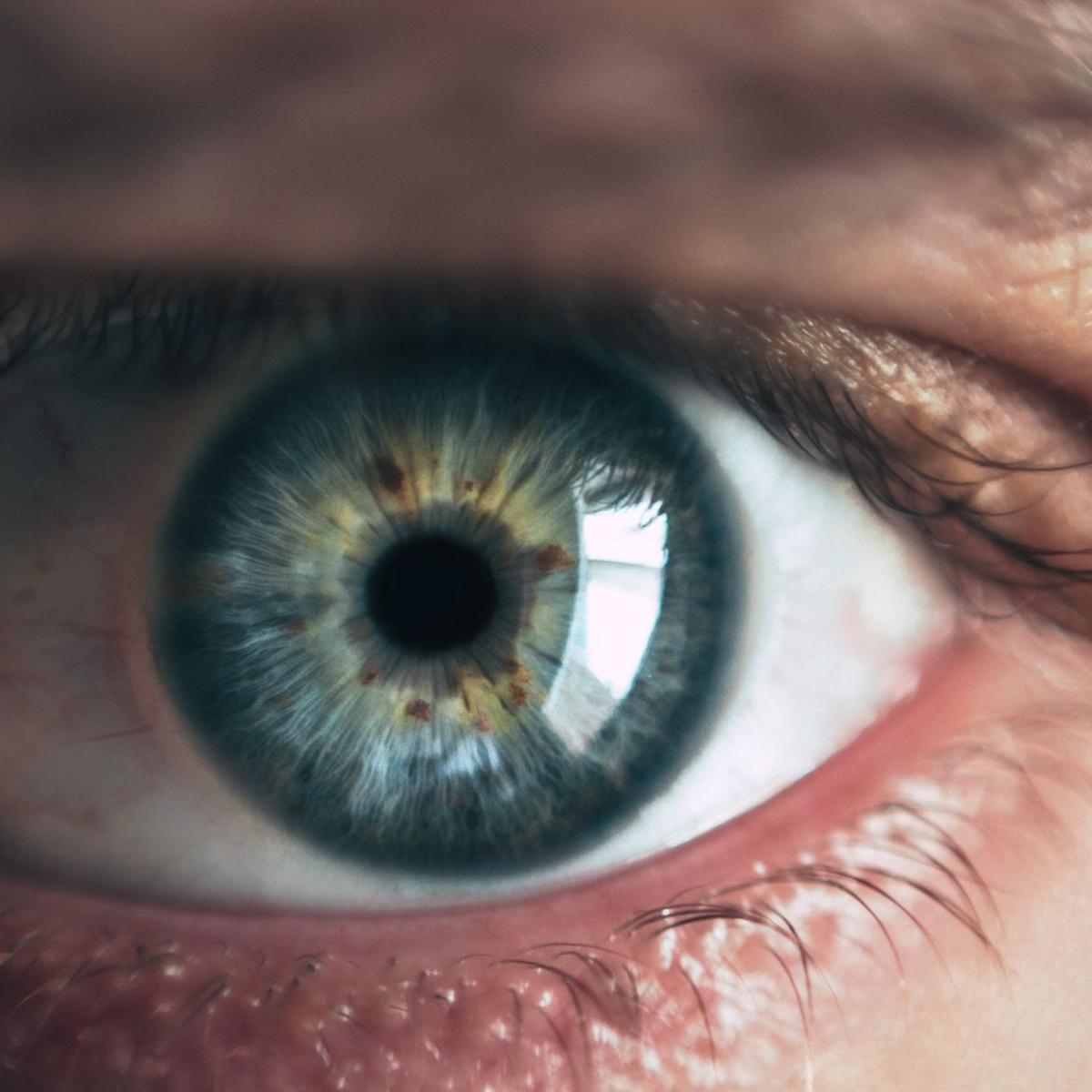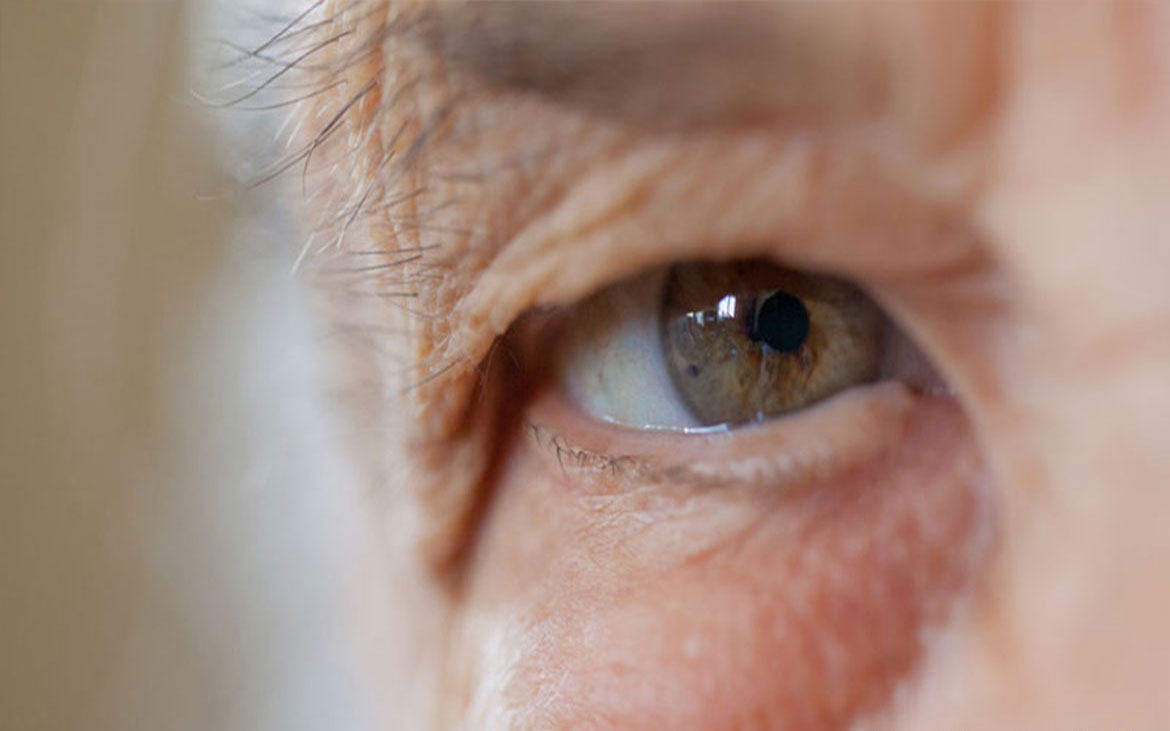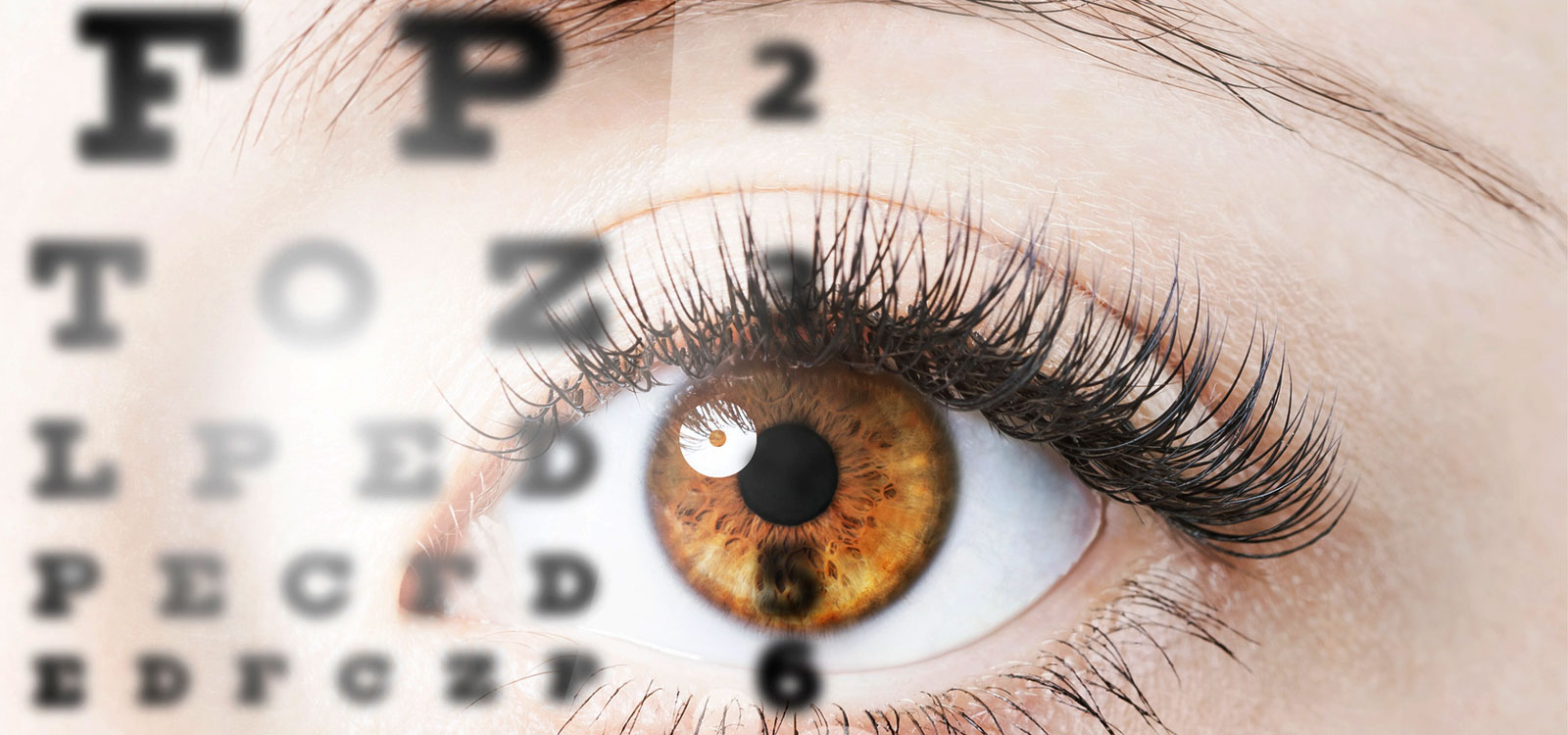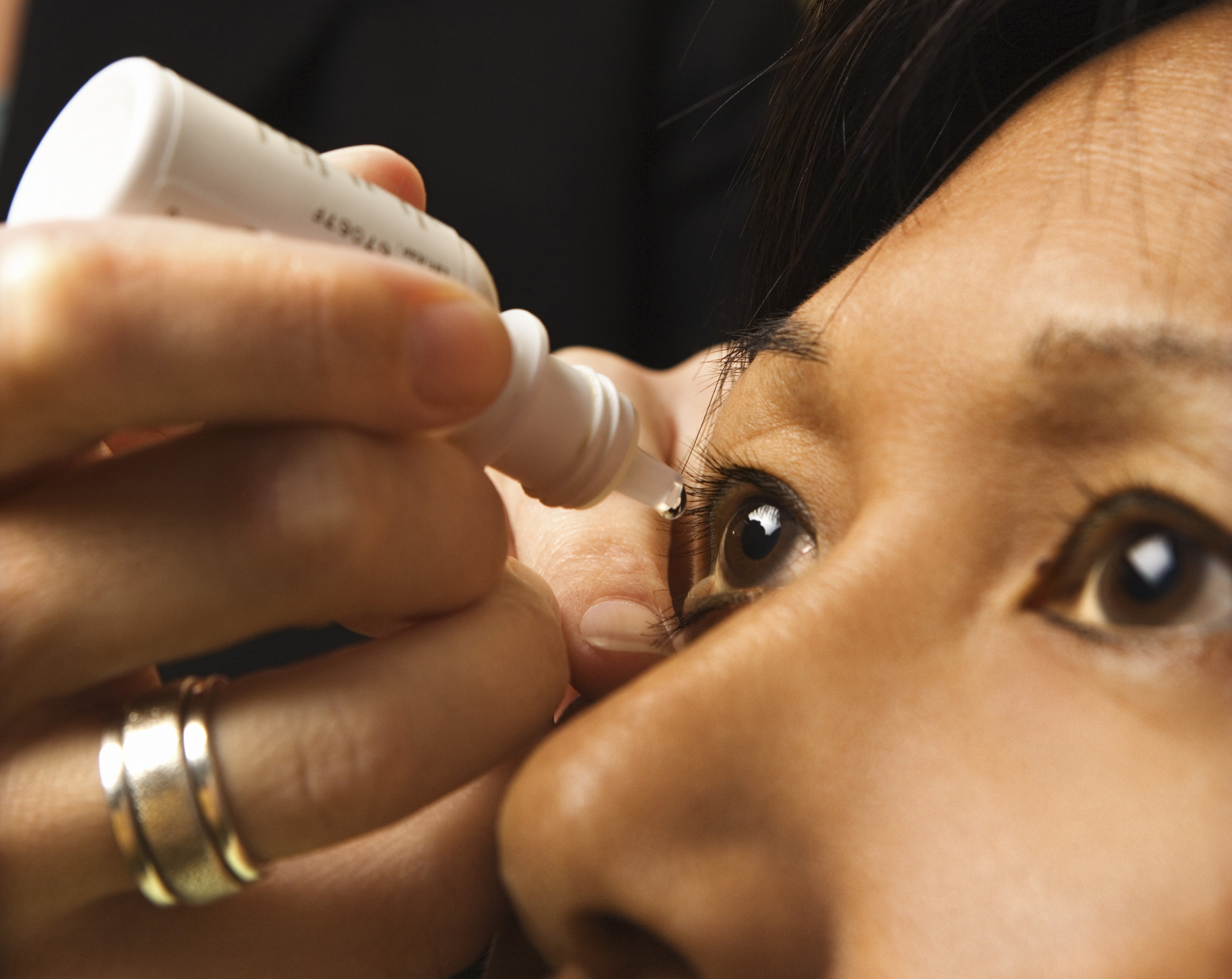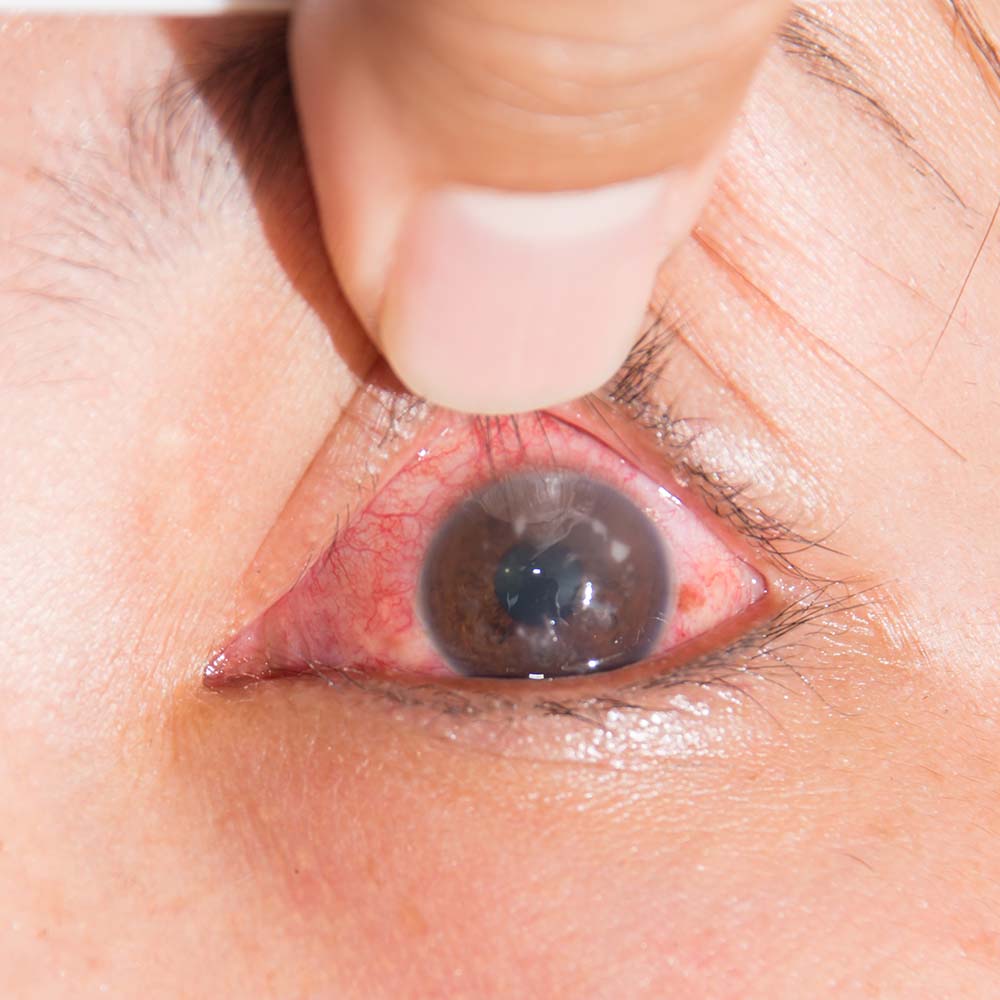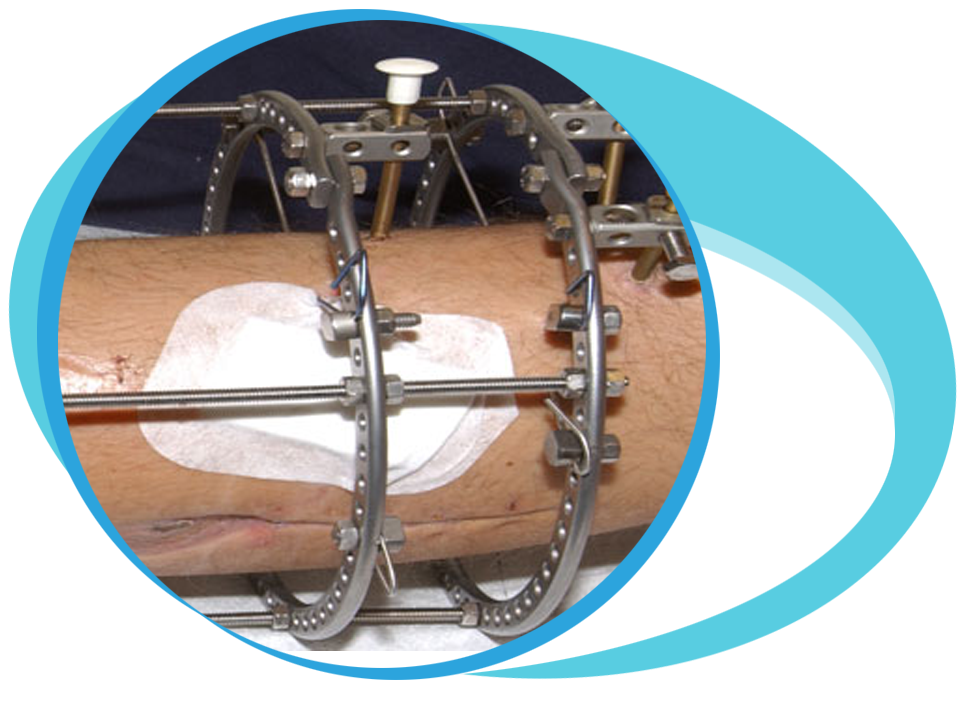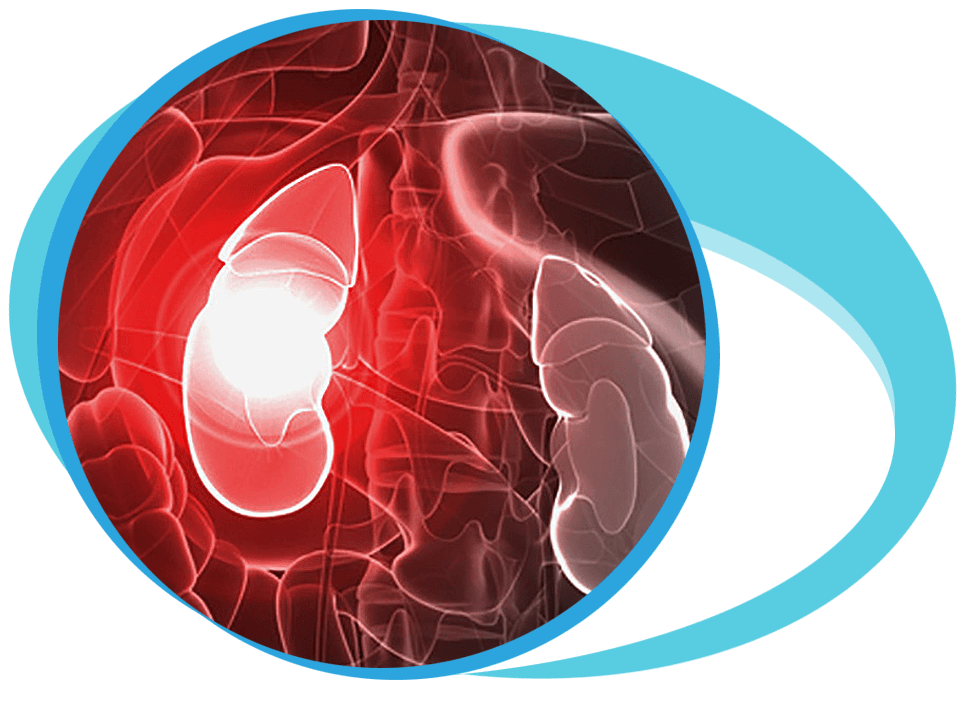Glaucoma Treatment in Iran Details
What is Glaucoma?
Glaucoma comes in the list of one of the leading causes of blindness.
This common disease of the eye leads to the dysfunction of the drainage system of the eye.
The disease affects both the eyes, though one eye can have more serious symptoms than the other.
It has been that in many cases that glaucoma is linked with higher pressure as compared to normal pressure inside the eye.
If the condition is left untreated, then it can first cause peripheral vision loss and then lately results in total blindness.
Types of Glaucoma
Acute angle-closure glaucoma and chronic open-angle glaucoma are the two main types of Glaucoma.
The other types include pigmentary, congenital, normal-tension, and secondary glaucoma.
- Acute Angle Closure Glaucoma: In this type of glaucoma, sudden symptoms arise like headaches, dilated pupils, red eyes, vomiting, eye pain, vision loss, nausea, and halos around lights. Re-occurrence of any of these attacks can lead to even more progressive loss of vision.
- Primary Open Angle Glaucoma: The gradual progression of this chronic glaucoma can result in peripheral vision loss without showing any symptoms.
Permanent and serious damage has already been done by the time it was noticed.
If there is a condition of high IOP, then the damaged done by POAG can grow until the tunnel vision develops.
The person will only be able to see the objects that lie ahead straight. - Pigmentary Glaucoma: The reason for this rare glaucoma is the drainage angle clogging of the eye done by the pigment.
The pigment has broken from the iris, and it has also reduced the flow of aqueous outflow from the eye.
The damage to the drainage system is caused in response to an inflammatory that blocked the drainage angle.
As such, there are no symptoms of pigmentary glaucoma. Though a person can face blurry vision and some pain after exercising.
Pigmentary glaucoma mostly affects the white males in the mid-30s- 40s. - Congenital Glaucoma: It is an inherited form of glaucoma which can be seen at the time of birth.
The condition is diagnosed at age one in more than 80% of cases.
In the case of congenital glaucoma, the children are born with some defect or narrow angles that affect the drainage system of the eye. - Normal-Tension Glaucoma (NTG): Also referred to as low-tension glaucoma, normal-pressure glaucoma, and low-pressure glaucoma, NTG is also a type of open-glaucoma.
The damage of the optic nerve causes visual field loss.
The IOP of the eyes remains in its usual range in normal-tension glaucoma. - Secondary Glaucoma: Secondary glaucoma is the result of chronic glaucoma followed by an eye injury.
This also leads to the development of a tumor, enlargement of the lens due to cataract, inflammation, and eye infection.
Glaucoma Symptoms
The symptoms of open-angle glaucoma include the followings:
- Development of tunnel vision in higher stages.
- Slow progression of peripheral vision in both the eyes.
The symptoms of angle-closure glaucoma include the followings:
- Reddening of the eye
- Eye pain
- Blurred vision
- Vomiting and nausea
- Sudden onset of visual disturbance
- Halos around lights
Causes of Glaucoma
Glaucoma can be caused by either another eye disease or condition, which is referred to as secondary glaucoma.
The different causes of secondary glaucoma include the followings:
- The dispersion of pigment where the granules or small fragments from the iris circulates in the aqueous humor.
It further blocks the trabecular meshwork that is the small drain of the aqueous eye humor. - Eye injury
- Using steroid-containing medications
- Abnormal blood vessel formation from retinal blood vessel blockage or diabetes.
Signs of Glaucoma
- Blurred or sudden hazy vision
- Change in the color of the iris
- Black spots or flashes of light
- Double vision
- Rainbows around light or halos
- Recurrent pain in or around the eyes
- Sudden loss of vision in one eye
- Difficulty in focusing on distant or near objects
- Blinking or squinting of the eye
- The dark spot in the center of the viewing
- Dry eyes with burning or itching
- Edges appear wavy or distorted
- Seeing spots or ghost-like images
Glaucoma Surgery
The goal is to decrease the pressure inside the eye.
Few examples of the surgery include the followings:
Drainage Implants
This surgery is used for those people who have secondary glaucoma.
The surgery is also done for the children.
To drain the fluids out from the eye, a tiny silicone tube is inserted.
Trabeculoplasty
To make it easy to drain the fluids out from inside the eye, a high energy laser beam is used to unclog the drainage canals.
The surgical procedure reduces the pressure in the inner eye.
Filtering Surgery (viscocanalostomy)
The requirement of a filtering procedure of trabeculectomy is needed when the high-beam laser energy does not work.
The removal of a tiny piece of the trabecular meshwork is done by creating an opening in the white of the eye.
Acute Angle Closure Glaucoma
This is treated as a serious medical emergency and requires the use of pressure reducing medications that are used immediately.
A small hole is created in the iris with the help of the laser procedure.
This hole allows the flow of fluids in the trabecular meshwork.
This procedure is known as iridotomy.
The use of laser surgery has become an efficient procedure for treating glaucoma.
There are many types of laser surgeries available.
The selection of a surgery depends on the form of glaucoma and the condition of glaucoma.
The small opening in the eye tissue is created by producing a focused beam of light.
The opening depends on the strength of the light beam.
The laser surgery is performed on an out-patient basis.
Glaucoma Treatments
Surgery
All the surgeries aim to reduce the pressure inside the eye.
The surgeries include making a drainage flap in the eye, destroying the tissue, which is responsible for creating fluid in the eye, laser treatment, and inserting a drainage valve.
The different surgeries are performed, including:
- Conventional surgery
- Drainage implants
- Laser surgery
Medications
Many medications are used to reduce intraocular pressure.
The doctor may change the medication if it is not helping in reducing the pressure.
Cost of Glaucoma Surgery
The cost of glaucoma surgery in Iran is affordable as compared to many other countries in the world.
The use of trabeculectomy remains the gold standard procedure with an increasing trend toward the glaucoma drainage devices.
All the hospitals in Iran are using the new advanced laser surgeries that help to reduce the IOP pressure in the eye.

